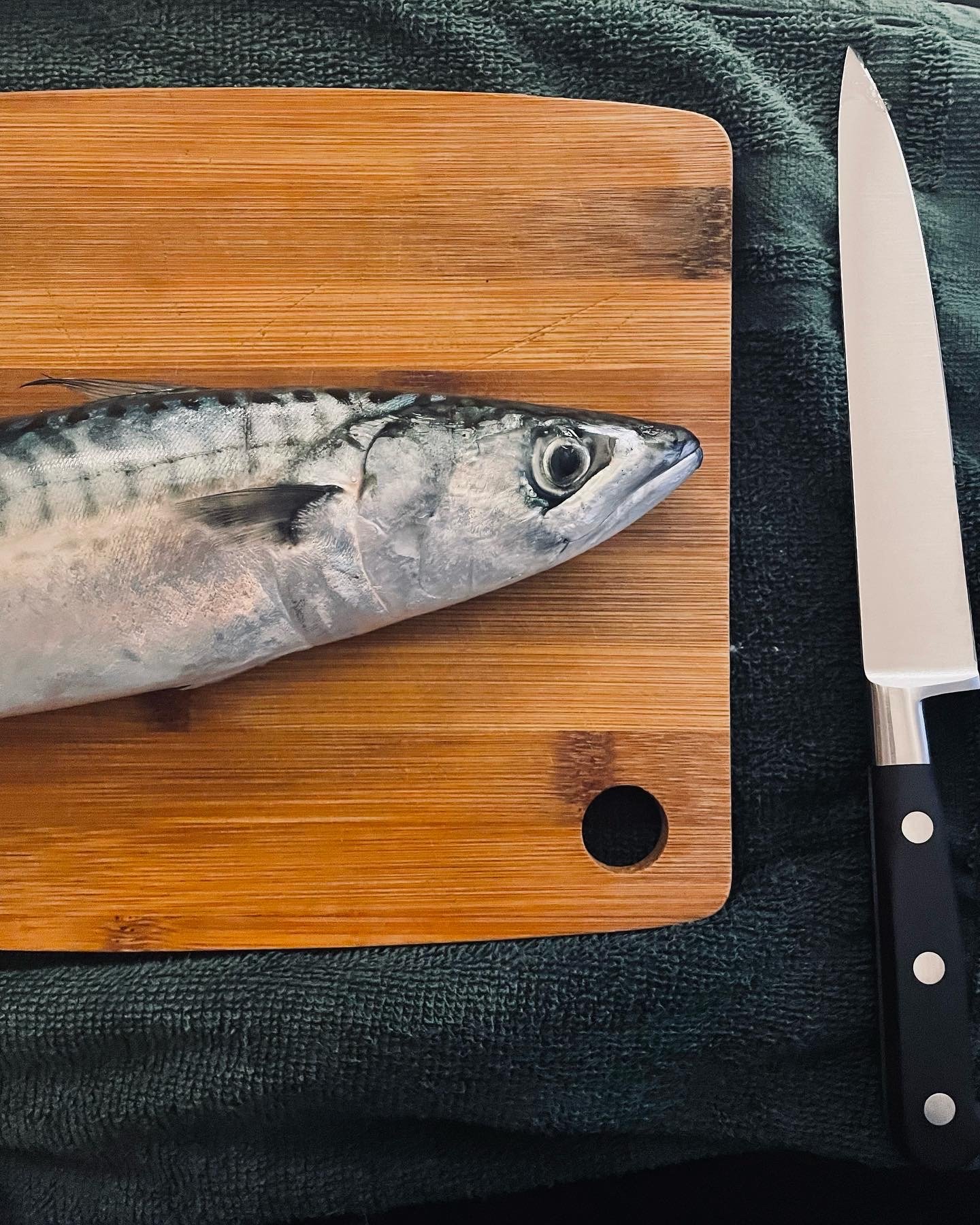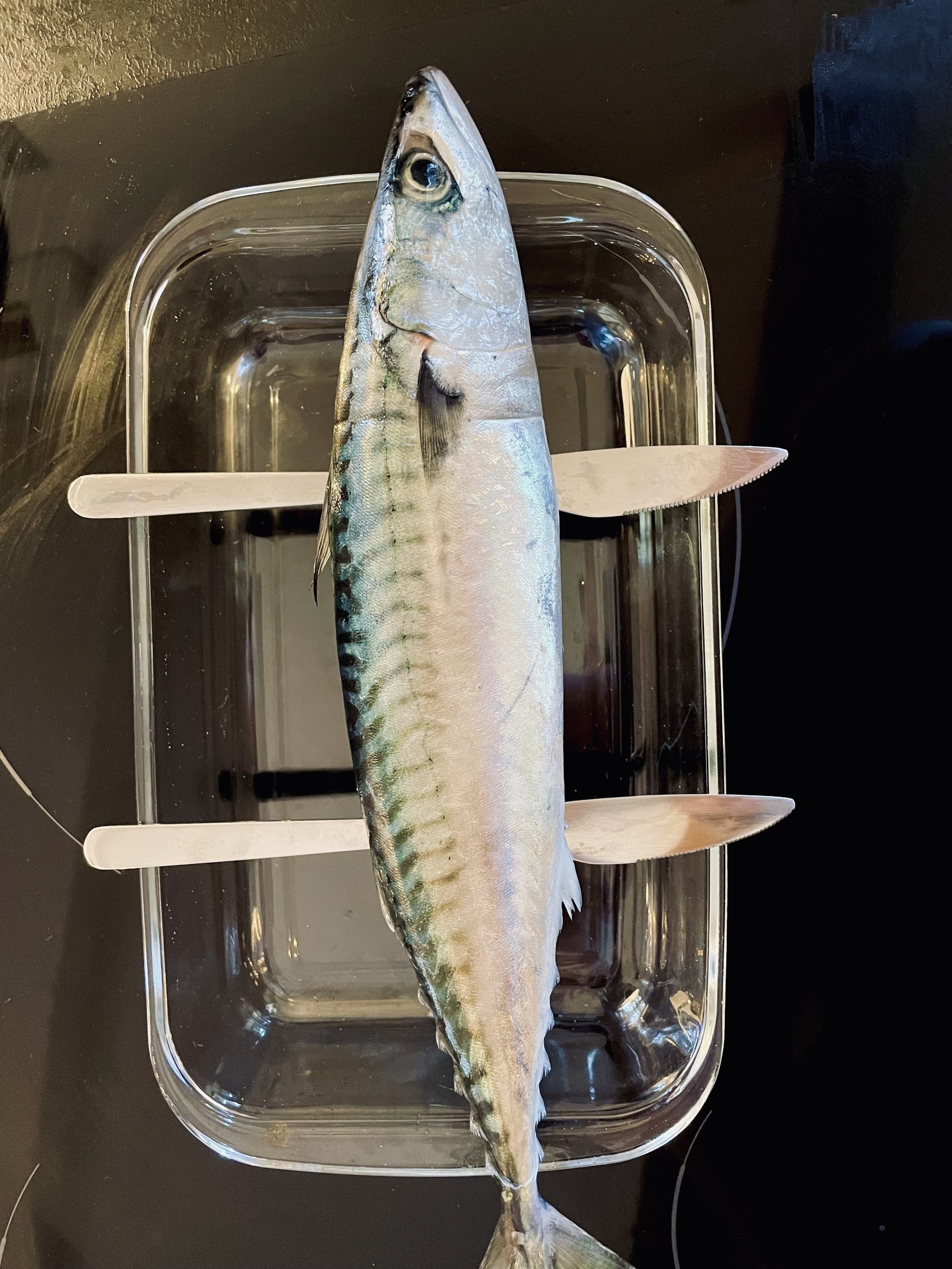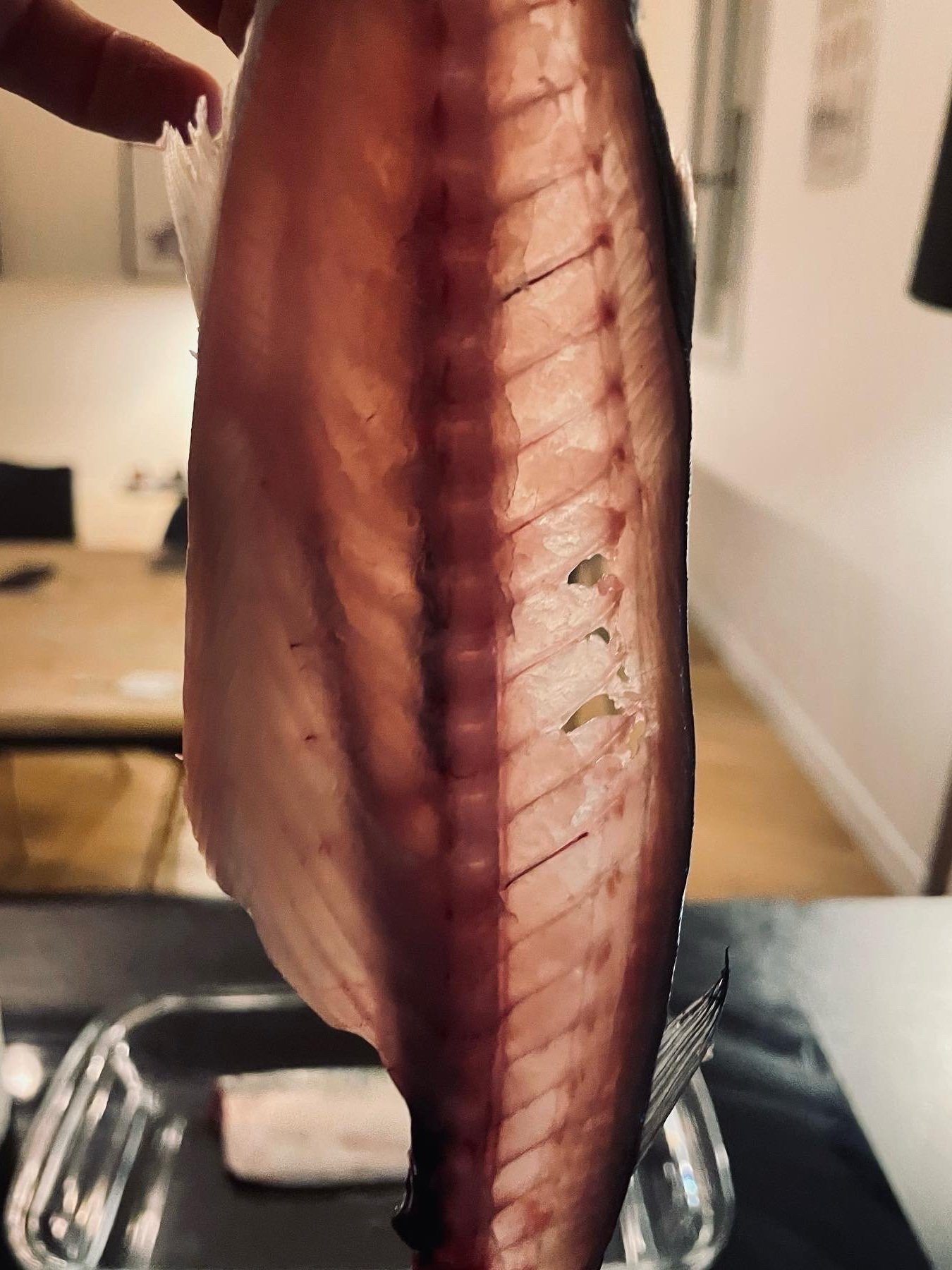Take One Fish
Josh Niland is a solid Instagram follow, and it’s a medium that suits what he does. For the North American market, a trip to Australia to eat at his restaurant St. Peter is an impossibility. The content he posts online, though, is a manifesto to a way of thinking about fish that is entirely alien to most home cooks. The shorthand is to treat fish like you would meat: keep it away from water, source locally, age it, use all parts, and stay away from industrial practices. This book is a detailed instruction on ambitious fish preparations that make use of the whole fish and a shorthand for using fish that you might otherwise overlook.
One day I’ll write a cookbook for cooking in a rental kitchen. I’ve been on the road for 4 months at the time of writing this. None of the places we’ve stayed have had cheese graters. One had a single cup blender (that we broke trying to grate parmesan). The induction burners at our current spot are testy and none of the pans have lids. It hasn’t been challenging to cook simple delicious meals but it has been challenging to stretch myself to learn new culinary skills, which is how I find joy in the world so…
This book is very challenging. The recipes themselves are technical. There are terrines and butterflied, deboned fish. These recipes also require some very specific tools like a charcoal grill (I miss my konro), a meat grinder, a flexible fish knife (which I ended up buying because it packs small). If you’re squeamish you will not enjoy beheading and gutting fish, especially the larger ones. But there’s also another important angle to this book which is that you need to find a fish monger and become friendly with them. You need to learn to ask the right questions and ask for help with descaling, or ask for offcuts of the expensive filets in the display case. You need to get comfortable being ignorant (like when I asked the man selling local fish on the Meditteranean for herring, which is caught in the Atlantic, or another man in November for sardines which he informed me were wildly out of season.) This book is not an encyclopedia of fish, but a guide for how to educate yourself to what seasonal, local, and available.
The different preparations, however, can give you the flexibility to experiment. For example, treat tuna like beef: ask for the scraps and offcuts, grind them, and use them in a ragu or a meatball. Match oily, rich fish with sour, briny flavours like capers and gherkins. Treat the skin of a fish like fine silk: keep it dry, be gentle with it. Store your fish uncovered and never on ice. Cook it less than you think you need to and let the residual heat finish the work for you.
This is one of my shorter reviews. As I said, I didn’t have the equipment to fully get into this book. But, it did wake me up to the extraordinary bounty and opportunity of a quality fish monger and gave me some confidence to pursue of these recipes and techniques when I get back into my own kitchen.
Technical
★★★★★
Good mix of recipes
★★★★☆
Interesting
★★★★★
Delicious
★★★★☆
This mackerel is first fish I ever gutted, and there is my new knife. Your knife should be one for fileting specifically. The blade will be flexible and this will allow you to get close to the bones and waste as little fish as possible.
In the absence of a wire grate to hold my fish, I kept him suspended like this in the fridge until it was time to cook.
One day I will make Garum
I am very proud of my first ever filet. I have watched many a Masterchef judge hold up a fish carcass and I think this is not too bad. If I weren’t in an airbnb right now, I would take this carcass, the head and guts, and make garum, a fermented fish sauce. I just really don’t want to lose my security deposit.
Blue Mackerel with
Green Apple Salad
Not to make excuses but I was cooking this mackerel filet on a wobbly non-stick pan on induction, not charcoal as the recipe says. Nor did I have 8 weeks to make the salted chillis in the recipe or access to all the dressing ingredients. All the same I used this recipe as inspiration and it was excellent.
Domino Potatoes
with Trout Roe Dressing
Trout roe is not something I would have purchased before picking up this book, but here it’s mixed with shallots, chives, and lemon almost like a mignonette to go on top of these delicious domino potatoes. We had this with a soft french omelette. Home run.
Crumbed Mackerel
and Kohlrabi Remoulade
Butterflying the mackerel was not very difficult but it was delicate work. As Niland says in his book, it’s a real luxury to be served this boneless, butterflied fish and eat through a whole fish without bones.







